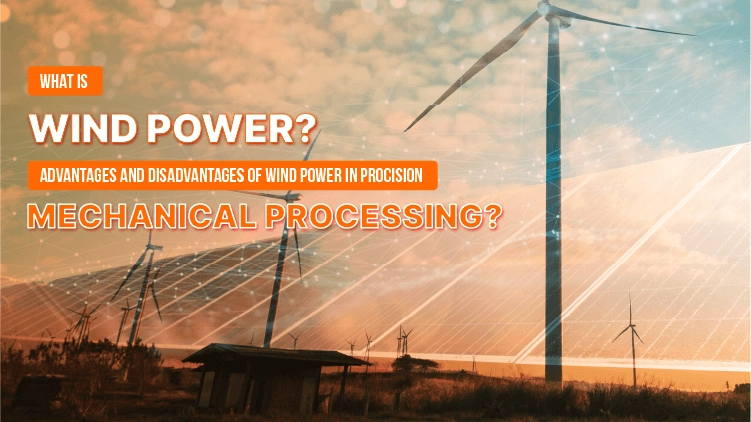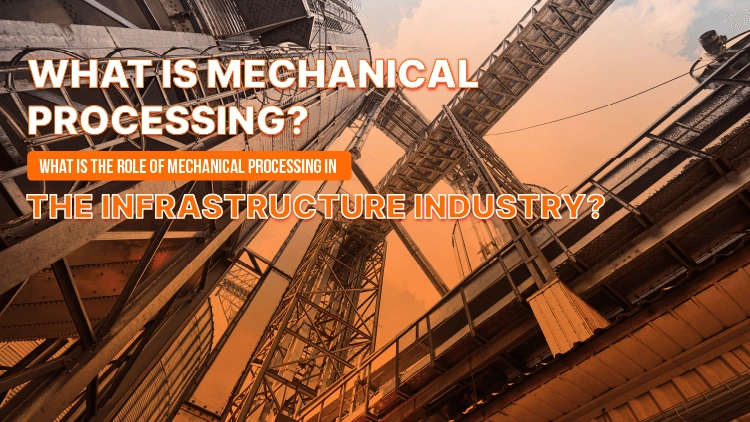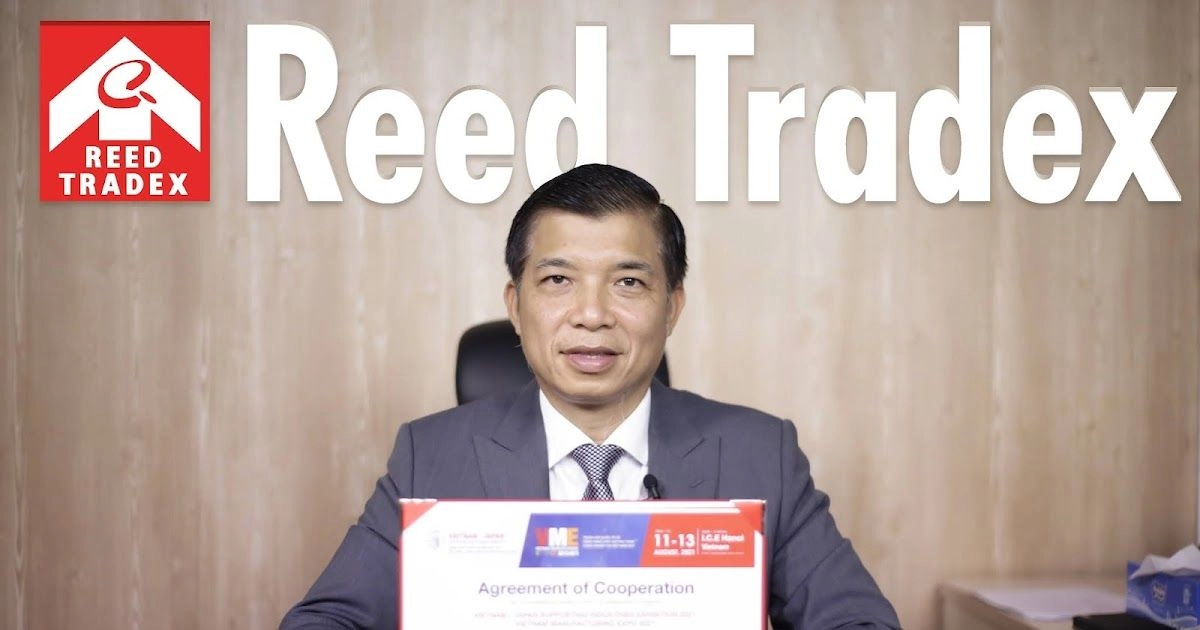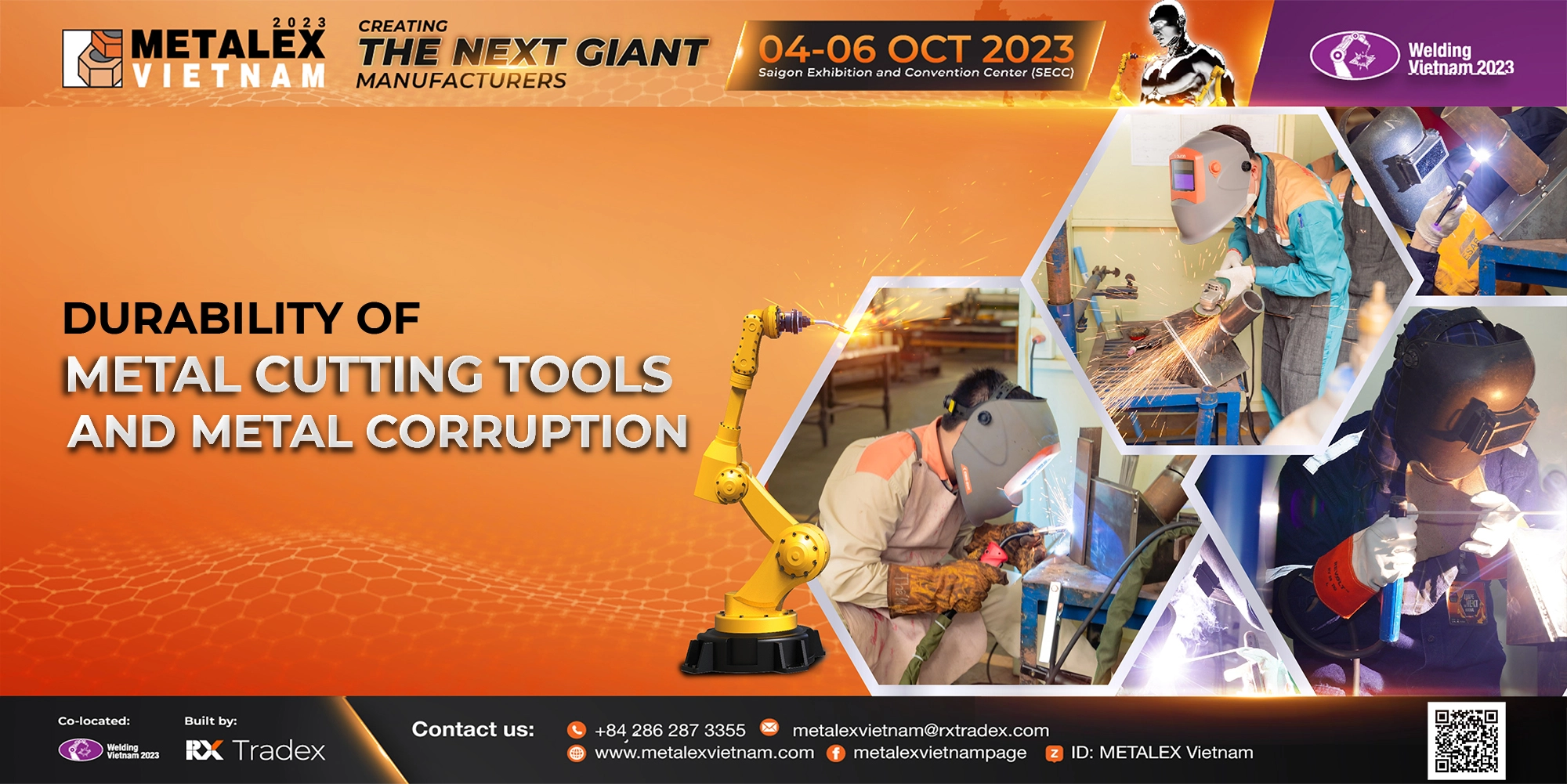What is wind power? Advantages and disadvantages of wind power in precision mechanical processing?

The wind power industry is playing an important role in providing clean and sustainable energy sources for the mechanical processing industry in particular and in the manufacturing sector in general. With the continuous growth of the industry and the increasing demand for energy, businesses are gradually converting to wind power to meet their production needs. However, the integration of wind power also poses a number of challenges that affect the surrounding environment. In the article below, join RX Tradex to find out what wind power is? Advantages and disadvantages of wind power in the current precision mechanical processing industry.
1. What is wind power?
Wind power is a form of renewable energy generated by using wind power to spin the blades of wind columns (also known as wind turbines) to generate electricity. When the wind blows through the blades, they rotate, and this movement is then converted into electrical energy. Wind power is a clean source of energy that emits no carbon dioxide or other pollutants, and it has become an important part of renewable energy systems around the world.

2. Top advantages and disadvantages of wind energy
2.1. Top advantages of wind energy
- Renewable energy sources: Wind is an unlimited renewable energy source and does not cause carbon dioxide emissions, helping to reduce the negative impact on the environment.
- Flexibility and diversity: Wind power stations can be built in a variety of locations, from land to sea, depending on terrain conditions and wind resources.

2.2. Top disadvantages of wind energy
- Spatial and weather variability: The performance of wind power stations depends on wind and weather conditions, so it is unstable and can be difficult to predict.
- Environmental and wildlife impacts: Construction and operation of wind power stations can cause environmental and wildlife effects, including habitat loss and species migration.
3. The principle of generating wind power?
The principle of creating wind power is based on the transformation of the kinetic energy of wind currents into electrical energy. This process takes place through the use of wind turbines, devices that convert the kinetic energy of the wind into electrical energy.
The principle of operation of a wind turbine is that when wind blows through the blades of the turbine, it creates pressure and rotates the blades, and then is transmitted to the turbine shaft, which rotates the generator. The generator then converts mechanical energy into electrical energy through an electromagnetic effect.
This process generates electrical energy that can be transmitted to the grid to provide electricity to homes, businesses, and manufacturing facilities. The effect of wind power reduces the negative impact on the environment compared to traditional energy sources such as coal or oil. The principle of generating wind power is based on the conversion of wind power into kinetic energy, through the blades connected to the motor to generate electric current.
4. Advantages of wind power in precision mechanical processing
What are the advantages of wind power in precision mechanical processing? Currently, the use of wind power is gradually becoming popular and providing a sustainable energy source for factories in the field of manufacturing and mechanical processing, including benefits such as:
- Sustainable energy sources: Wind power uses wind power to generate electricity, which is an unlimited source of energy and does not cause carbon emissions. Using wind power provides a sustainable source of energy for factories and production facilities in the mechanical engineering industry, helping to reduce dependence on traditional energy sources such as coal or oil.
- Reduce operating costs: After installation, the operation and maintenance costs of wind power stations are usually low, which reduces production costs for mechanical processing enterprises.
- Diversify power supplies: The use of wind power also helps businesses reduce dependence on fossil energy sources such as coal and oil, take advantage of the potential from wind and various geographical sources to diversify power supplies for mechanical plants, Minimize risks from relying on a single energy source.
- Promoting clean and sustainable technologies: Compared to fossil energy sources, wind power technology causes less air, water and land pollution. The integration of wind power into the mechanical production process promotes the development and application of clean and sustainable technologies, helping to reduce negative impacts on the environment.
- Flexible installation: Wind power systems can be installed on land, at sea or on high poles in areas with strong winds. Therefore, installing a wind power system can help businesses and manufacturers take advantage of all available strong wind resources, helping to ensure a continuous and stable power supply in all weather conditions.
5. Disadvantages of wind power in precision mechanical processing
What are the disadvantages of wind power in precision mechanical processing? It can be seen that, along with the above advantages, wind power still encounters a few other adverse factors in the manufacturing industry, such as:
- High initial investment cost: The construction and installation of wind power stations requires a large amount of capital investment, especially for large projects or at sea. This can increase the overall cost of deploying wind energy.
- Environmental and community impacts: Construction and operation of wind power stations can cause environmental and local community impacts, including noise, visibility effects, and opposition from residents.
- Ability to integrate into the grid power system: A number of technical obstacles may arise when integrating wind energy into the grid power system, including problems with stability and synchronization with other energy sources.
- Land requirements and project management: The construction of wind power stations sometimes requires large land areas and careful project management planning is required to ensure the efficiency and sustainability of the project.
6. Should wind power be installed?
The decision to install a wind power system depends on many factors, including weather conditions, initial investment costs, and renewable energy goals. However, with the benefits that wind power brings, this can be an affordable option for businesses interested in environmental protection and reducing operating costs.
7. What is the potential of wind power?
Wind power potential is estimated to be huge globally, especially in areas with strong winds such as on large plains or coastlines. Exploiting this potential also brings many opportunities in production for businesses towards economic and sustainable development.
8. What is the role of wind power in mechanical processing?
Wind power plays an important role in the mechanical processing industry from many aspects. First of all, the use of wind power provides a sustainable energy source for mechanical processing plants, helping to minimize carbon dioxide emissions and risks from dependence on traditional energy sources such as coal and oil power. This not only helps reduce the impact of the industry on the environment but also helps reduce electricity costs for mechanical processing businesses. Although the initial installation cost may be high, the operation and maintenance costs are usually lower, providing long-term economic benefits.
In addition, using wind power also plays a role in diversifying power supply for mechanical processing plants, minimizing risks from dependence on a single energy source. This also promotes the development and application of clean and sustainable technologies in manufacturing, creating a production system that is less polluting and has less impact on the environment. Finally, the integration and use of wind power also poses challenges and opportunities for mechanical processing enterprises, promoting the development and application of new technologies to optimize the use and integration of wind power into the production process. This not only creates a cleaner production environment but also helps promote the sustainable development of the mechanical machining industry.
9. Conclusions
Through the article on "What is wind power? What are the advantages and disadvantages of wind power in precision mechanical processing?" shared from RX Tradex, hope that you have the opportunity to better understand the potential of wind power in production, especially in the precision mechanical processing industry. The application of clean energy sources such as wind power not only helps optimize production processes but also contributes positively to the goal of carbon neutrality and sustainable development of enterprises.
To learn more about green and resource-saving production methods, you can register for the Metalex 2024 exhibition with the theme "From linear to circular: Establishing a production roadmap towards carbon neutrality". This will be an opportunity for your business to connect and meet with leading experts, Grasp the latest trends in production and seek potential partners to create business opportunities, towards sustainable development goals.






